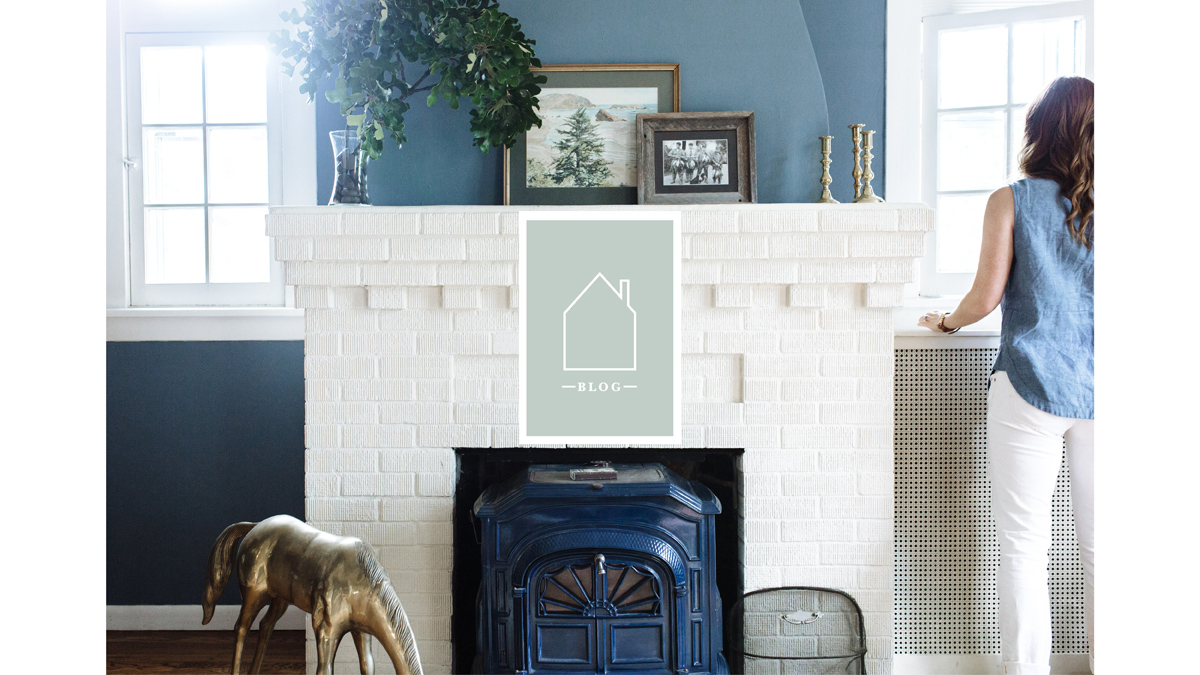water pressure
Emily Oster
In last week's post Water Supply, I explained where your water comes from and how it is gets into your home. This week, I want to talk about what happens to it once it enters your home. Whether your water is from a public or private supply, it must be delivered at a correct quantity, specific flow rate, pressure and temperature in order for it to perform the duties you require of it - washing, bathing, heating etc. The pressure of the water is of particular importance as this is what allows for your water to be carried throughout your home. As Building Construction Illustrated (my current favorite home resource book) states "The service pressure of a water supply system must be great enough to absorb pressure losses due to vertical travel and friction as the water flows through pipes and fittings, and still satisfy the pressure requirement of each plumbing fixture". This appropriate service pressure is generally 40 psi (pound per square inch) in public systems which is the approximate upper limit for most private systems.
Flowing at the right pressure, the first stop for your water is the water heater. This is essential as it ensures that adequate water pressure be available to your whole hot water supply system. Its is also where your supply splits - cold and hot. Cold water supply lines run to every toilet, sink, tub, shower and water using appliance in the home while hot water supply lines only run to sinks, tubs, showers and hot water using appliances in the home. These respective pipes are termed risers or rather the set of risers (hot and cold).
Each destination of your water supply (toilet, sink etc.) should be equipped with a shut off valve. This allows for maintenance to be performed without having to shut off water to the entire home - it should also go without saying that you should access to set valves i.e. don't close them behind a wall.
As your set of risers branch to reach each fixture in your home, the diameter of the supply line changes to accomodate the specified pressure needs. Standard home fixtures typically require an operating pressure range of 5 psi to 30 psi and thus the pipe is adjusted accordingly.
information by Building Construction Illustrated and What's a Homeowner to do?
A note on repairs - if you are having water pressure issues in just one of your fixtures but not others than you know it is a problem with a specific supply line and the problem is probably easily fixable. If you are having an issue in one section of your home then the problem most likely lies within that specific branch of supply - a bigger issue that will require a professional. And finally if you are having water pressure issues throughout your home it is most likely a problem with your supply pipe from the municipal main. In this case, it could be a greater problem to say your neighborhood or your home in particular. Either way, you will need to call the water department.
Look for next week's post where I will talk about different types of hot water heaters.
Hope everyone had a great holiday weekend!
 asdfsdf
asdfsdf







